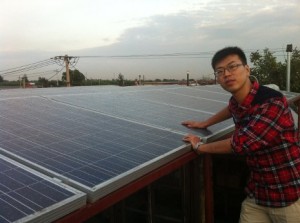Congratulations to 2014 Rail Transportation Program (RTP) Scholarship Recipients. $12,000 dollars in Michigan Tech Scholarships were awarded to students in the RTP program, as well as additional scholarships received from American Railway Engineering and Maintenance of Way Association (AREMA).

